TEDx UGAlpes Transhumanism – Measuring aging to better slow it down – Guilhem Velvé Casquillas
Video transcript:
Bangladesh, the 47th poorest country in the world. Epidemics of cholera, diphtheria, tuberculosis…
In your opinion, what is the most deadly thing in Bangladesh today? Epidemics, malnutrition, violence? Well no, what kills more today in Bangladesh is aging, and more particularly all the diseases that result from it, such as many cancers and heart attacks.
TEDx UGAlpes Transhumanism – Measuring aging : Every second counts
So I’m not asking you the question for Switzerland, it’s the same for almost the whole planet, every second 2 people die of an age-related disease. The simplest way to see aging this way is to see it as a genetic program of self-destruction present in each of you whose effects begin to be seen at around 20 years of age and which doubles your chances of dying in the year every 7 years. I know, it’s not feng shui, but that’s the way it is.
The good news is that when you are 20 years old and aging does not yet affect your mortality, you have a one in a thousand chance of dying within the year, which means that in the absence of aging, the average healthy life expectancy of an average French person would be a thousand years. And so the second question arises: what can we do about it?
TEDx UGAlpes Transhumanism – Measuring aging: Identify, treat, measure
Well, it’s simple: four steps. 1 identify the root causes of ageing. 2 try to treat them 3 measure the result of these treatments 4 start again, and if possible do it as soon as possible, i.e. do not wait 70 years between two measurements. So easy: identify, process, measure and repeat again and again. A goldfish could do it. So it looks simple, and you’ll see we’re not being helped.
And yet there is a budget. Because you can imagine that we are giving ourselves the means at world level to stop something that kills 2 people per second, in this case 200 billion euros per year. 25 euros per year and per person. No, I’m kidding. This is the budget invested by telecommunications companies each year to switch from 4G to 5G, to get more accurate videos on your smartphone. The global government budget for the fight against aging is €200 million per year. 1000x less than to switch from 4G to 5G. I told you it’s not easy.

TEDx UGAlpes Transhumanism – Measuring aging: Faster than ever
But that being said, even despite its budgets, the fight against aging is advancing faster than ever before, in fact much faster, mainly because the ongoing revolution in biotechnology gives us, for the first time in human history, serious hopes of slowing down and even stopping human ageing by the end of the century. And in particular 3 technologies that I have talked about for a long time in another TED so I will not dwell here could allow us to significantly slow down human aging in the next 2 decades.
TEDx UGAlpes Transhumanism – Measuring aging : 3 technologies
The first of these technologies is the genetic big data, which has given us the possibility of sequencing, that is, of reading the genome of millions of individuals and which will enable us, with adequate artificial intelligence, to make the link between each gene, each disease and the life expectancy of each person.
The second technology is gene therapy, a field that has advanced very rapidly over the last twenty years and which allows us to edit a person’s genome more and more finely, in other words, to modify it.
And 3, phenomenal advances in the field of stem cells, for example today we can take a person’s skin cells and reproduce the basic cells of any of their organs. So it will be practical to repair faulty organs for example, but above all it will allow us to test all experimental treatments against aging, not as before on animals or human beings, but directly on a miniature version of your organs.
TEDx UGAlpes Transhumanism – Measuring aging : It’s great to have tools, but…
So you’re going to tell me you have tools to develop new treatments, that’s good, but being able to measure to see if these treatments work is still much better, and in this case we’re terribly lacking medical data. We don’t even know what to measure to quickly and accurately identify if an anti-aging treatment works.
TEDx UGAlpes Transhumanism – Measuring aging : Measure, improve, approve!
So you will tell me, why? Well, quite simply for an administrative reason, aging is not considered a disease and therefore we are not allowed to do clinical tests on it and no clinical tests, no quality medical data and no approved treatment either. I told you, we don’t have any help. And yet it is important to be able to measure whether a treatment against ageing works in order to be able to improve it already and above all to be able to approve it because progressing blindly does not go very far. I don’t know if you’ve ever tried to walk around the world before, it’s not easy. But try to do it with your eyes closed…. Well, we’re pretty much in this situation regarding the fight against human ageing, well, almost.
What data do we have on hand? There are a few longitudinal studies, that is, studies conducted over decades, with a general medical vocation, such as the Dunedin study, where researchers measured the health status of several thousand people living in the small town of Dunedin as accurately as possible; they did so for decades. So that will have taught us a lot, for example, that you can use it, that after 30 years, well, having a little bit of weight on the little chub we’re talking about, it brings bad luck in terms of life expectancy, but then, really bad luck.
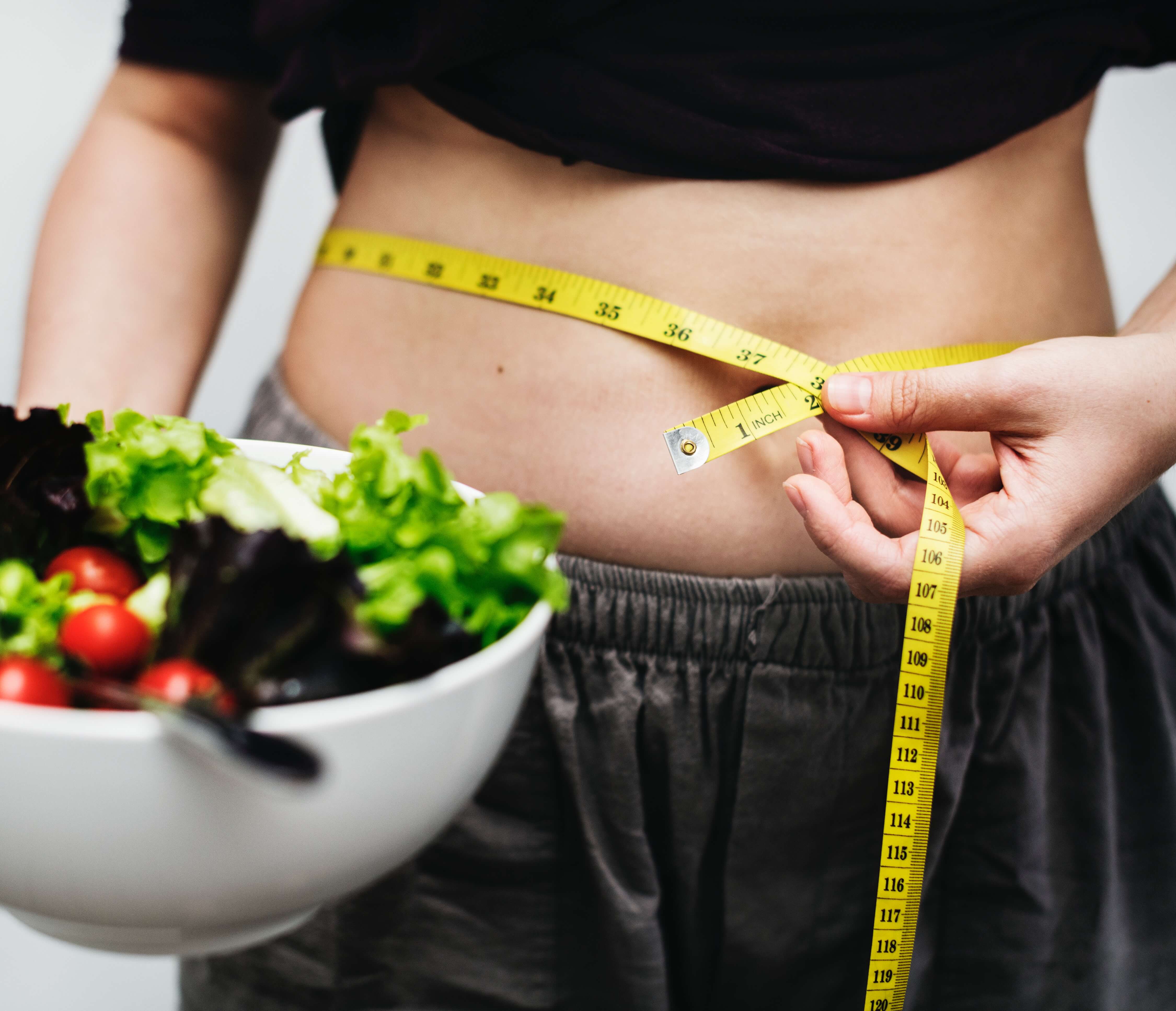
TEDx UGAlpes Transhumanism – Measuring aging: No need to get grey hair over this
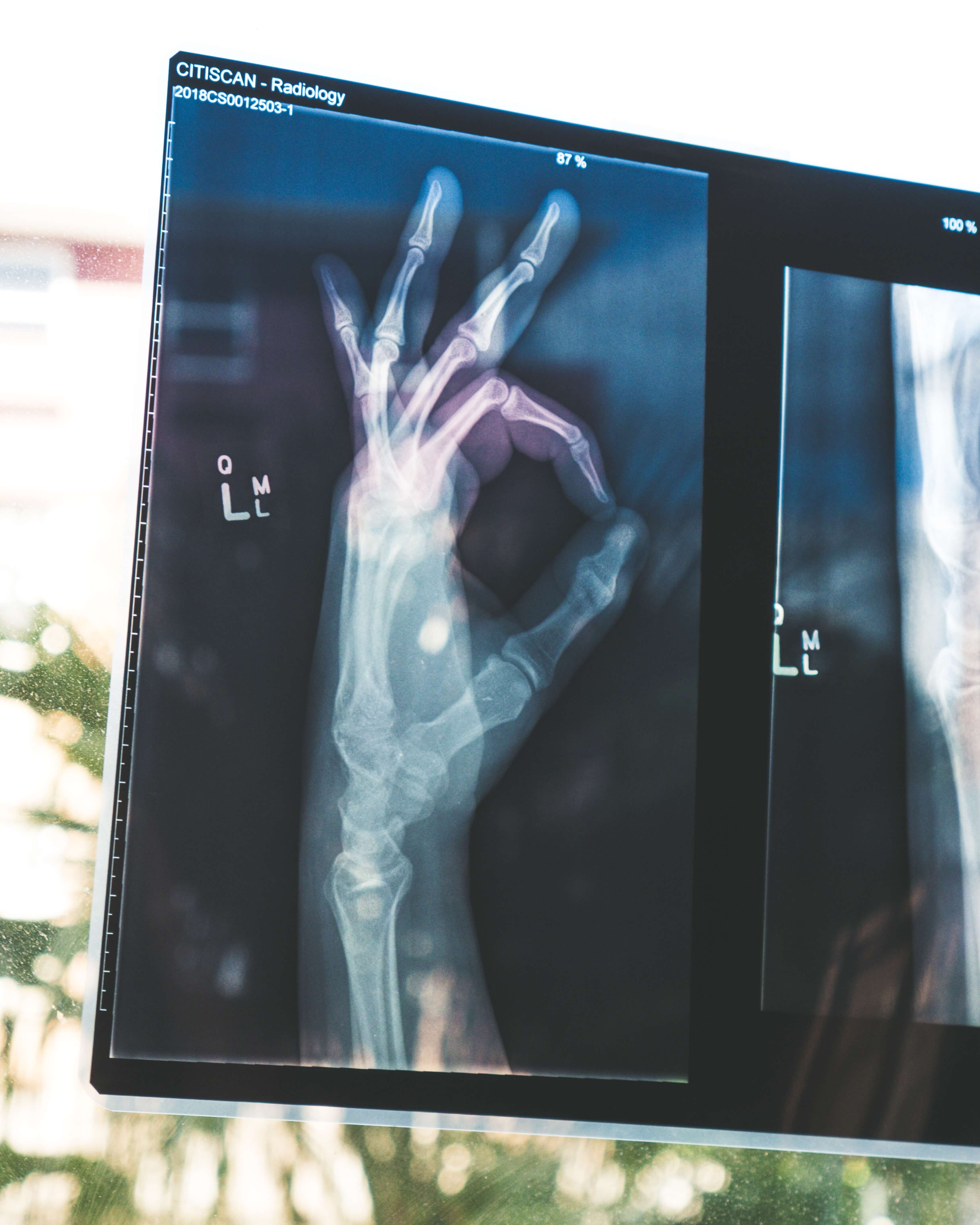
And even if we have now learned a lot and started a longitudinal study again, well, unfortunately, it takes decades. We also have a few scientific publications that have shown us that there are sets of biomarkers that seem to vary with aging in animals and over the past decade or so in humans. So biomarkers are all that can be measured in an organism, for example your height, weight, cholesterol, blood sugar are all biomarkers. So we were very happy to discover all this, but we realized that all these biomarkers, whether morphological, genetic or epigenetic, do not give us the same age. That’s not practical and they don’t move at the same speed with the same person.
Going into detail, what methods do we have today when we want to measure our own aging? We have what we call the morphological method, so you all know it, we look in a mirror like that and we look at our wrinkles, which is a very good indicator of the aging of our skin. Or else we can look at our white hair, for example, which is a very good indicator of the aging of the hair follicle stem cells. It seems flawed, and it often is, so if you have a lot of money you can also go to a specialized clinic where they will come to measure the aging of the function of each of your organs.
Roughly speaking, for example, we’re going to tell you, close your eyes, stand on one foot, what a monopod test is, and it’s going to measure issues in your neuromotor functions. We will have the reality of your arteries measured, do a mass OV, manage your blood sugar to see in which state and your pancreas. You see the idea.
And finally if you have access to a particularly specialized laboratory in the field of the fight against ageing then there you will have access to measurement methods much closer to the root causes of human ageing. So it sounds barbaric, but you can measure the speed of your Horvath clock, to measure your epigenetic aging, you measure the attrition of your telomeres on cells of interest…. I’m not going to go into detail in any case it’s still quite select, I’m not hiding it from you, let’s just say that you have about as much chance of having access to this type of metrology in the laboratory downstairs as you do of being invited to a rack on the international space station. Believe me.
TEDx UGAlpes Transhumanism – Measuring aging: Measurements that don’t add up
In any case, you don’t worry because, as I said before, all these biomarker sets taken separately, morphological and genetic, whatever we want, don’t give us the same age, don’t progress at the same speed. And why is that? Well, because we age in many different ways. For the past thirty years or so, the scientific community has not moved and has identified nine root causes of ageing in humans, each of which has its own clock moving at its own speed, which is why not all our methods of measuring ageing give the same age: they are probably correlated to one or more different causes of ageing. However, I was telling you what would be good for advancing the search for new treatments against aging is to be able to measure someone’s aging fairly accurately and almost in real time. And to do this successfully, the easiest way is to identify and measure all biomarkers at the molecular and cellular level directly related to each of the nine causes of aging. And it is important to measure things at the cellular level and not at the organ level as we do today. If we take Alzheimer’s disease, the first symptoms in the brain in terms of dementia appear years after problems the first cellular problems.
TEDx UGAlpes Transhumanism – Measuring aging: Tons of medical data
And so, to identify these sets of biomarkers related to the nine causes of aging, what do we need? Well, we just need one thing. Mountains of medical data on a population-wide scale to correlate people’s age, their health status, and all the biomarkers that can be measured in them. To measure palanquées. The good news, because there is good news today, in fact there is full-time news, but I don’t have time to talk about it, the good news is that some companies like Google or some countries like Estonia, a very advanced country, have launched initiatives to collect and organize medical data on a population-wide basis.

So unfortunately for us these steps have earlier general medical vocations and not specific to aging, but it’s really going in the right direction, it’s the first time it’s happened in human history. And that being said, even with these data, I will be transparent with you, it will remain a challenge to stop or even slow down strongly in the coming decades. And we often forget during the 20th century when we really had the political will to do things some things that seem almost impossible in their time were achieved in less than a decade.
I will give you the example of Kennedy, for example. It was less than 7 years from the time John Fitzgerald Kennedy said he wanted to send an American to the moon, until Neil Armstrong’s first step up there. Similarly, less than six years elapsed between the first research on the atomic bomb and the first nuclear test. You’ll notice in passing as usual, when it’s to fuck with the mouth, there’s a lot of people. However, as far as we are concerned, it is a little more complicated. But hey, let’s get back to the point. As I was saying, all these data collection efforts by Google, Estonia, and many others are not intended to accelerate anti-aging research. And so, rather than sit idly by with my colleagues in parallel with our other research, we decided to launch a medical data collection initiative specifically to accelerate research against aging.
TEDx UGAlpes Transhumanism – Measuring aging : Estimate your life expectancy
So what did we do? Well, we propose a free application that measures people’s life expectancy, who estimates it, more precisely. People will have the choice of entering, for example, their morphological, genetic, epigenetic, biochemical and all the treatments they take against ageing, if any, and in return they will have a more or less precise estimate depending on what they have entered in their life expectancy, and especially in their specific case how to improve it.
Then why would people do that? Mainly because measuring, knowing your life expectancy and knowing what is going wrong makes it possible to correct it, it precisely increases your life expectancy in good health.
And to us as researchers, what are we going to use it for? Well, that way, apart from having the pleasure of increasing the life expectancy of our users, which is already a great pleasure, it will be of no use to us. On the other hand, there would be a small box that people could check and that would allow us to use anonymously all the medical data they enter into the application to accelerate research against aging.
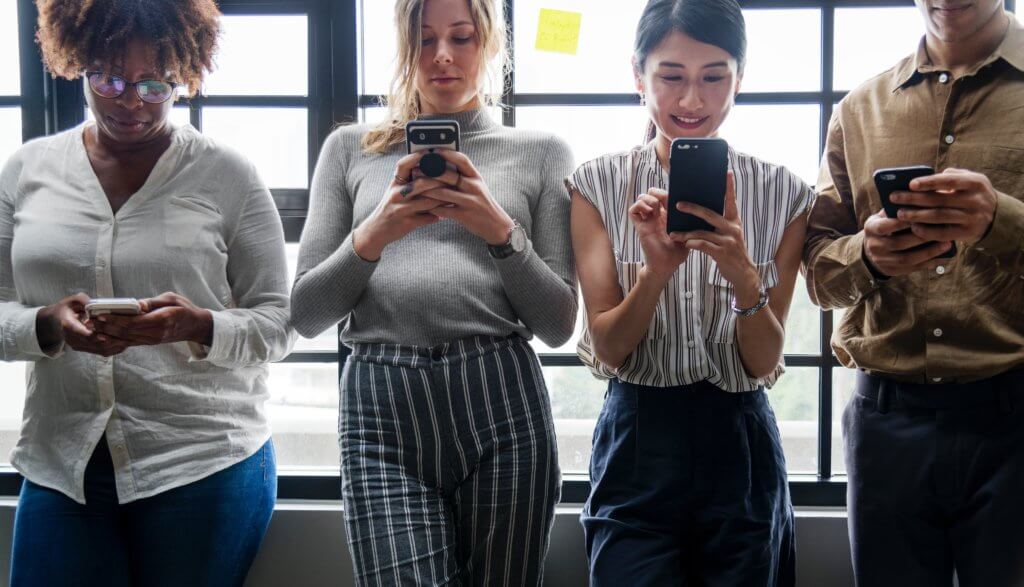
TEDx UGAlpes Transhumanism – Measuring aging : Goals
You’re going to say, but what are we going to do with this? Well, as my colleague Christophe Pannetier said, it will allow us to rebuild homogeneous clinical cohorts with very low variance. Pic of happiness so I’m not telling you; it means what, it means that we’re going to be able to reconstruct cohorts of people with similar characteristics and only one detail that changes, for example 1000 people aged 50, some taking resveratrol, a molecule quite known as a supplement against aging, and others not.
It will eventually allow us to see that it is indeed a very good idea to take 500 mg of resveratrol per day at 50 years of age, but that when we have this or that genetic mutation it becomes a very bad idea. So it will allow us on the one hand to give the best advice to the people who use the application, it’s already that, but above all it will allow us to send all our study results to all the research laboratories that are working to develop new treatments against aging, and this time they will be able to do so in full knowledge of the facts.
The problem is that we still don’t hesitate to get her out right away because with these things we are quickly outlawed and it will not really advance my cause if I spend twenty years in prison, so we put our lawyers on it, they work, it’s very good, in parallel we improve our algorithms, it must be said that it never hurts, it’s almost endless these improvements in algorithms.
And maybe you’ll ask me why we’re doing this? Well, quite simply to make the goal of Long Life a reality, and our goal is simple: to give every human being the choice, to give every human being the choice as quickly as possible between aging and not aging, to make sure that everyone can decide to live as long as they want in good health.
Why are we doing this? Just because it seems a thousand times more important to us than moving from 4G to 5G!
So, I finished my little lecture, I hope you had a good time, at least that you learned something, I let you think about it, we’ll talk about it again in 300 years.
Thank you.
Dr Guilhem Velvé Casquillas
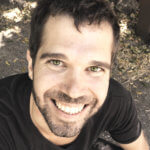
Author/Reviewer
Auteur/Relecteur
Physics PhD, CEO NBIC Valley, CEO Long Long Life, CEO Elvesys Microfluidic Innovation Center
More about the Long Long Life team
Docteur en physique, CEO NBIC Valley, CEO Long Long Life, CEO Elvesys Microfluidic Innovation Center
En savoir plus sur l’équipe de Long Long Life



![[Video] The 9 Hallmarks of Aging, Episode 9, Inflammation [FINAL] – with Guilhem Velvé Casquillas PhD](https://www.longlonglife.org/wp-content/uploads/2019/05/Inflammation-Long-Long-Life-longévité-vieillissement-transhumisme-inflammaging-1-218x150.png)
![[Video] The 9 Causes of Aging, Episode 8, Stem Cells – with Dr. Guilhem Velvé Casquillas cellules souches long long life transhumanisme longévité vieillissement arcade](https://www.longlonglife.org/wp-content/uploads/2019/05/cellules-souches-long-long-life-transhumanisme-longévité-vieillissement-arcade-218x150.png)
![[Video] – The 9 Causes of Aging, Episode 7, Senescence – with Dr. Guilhem Velvé Casquillas sénescence long long life longévité transhumanisme vieillissement cellules sénescentes](https://www.longlonglife.org/wp-content/uploads/2019/05/sénescence-long-long-life-longévité-transhumanisme-vieillissement-cellules-sénescentes-1-218x150.png)
![[Video] – The 9 Causes of Aging, Episode 6, Nutrient Detection – with Dr. Guilhem Velvé Casquillas nutriments 1 long long life transhumanisme longévité vieillissement](https://www.longlonglife.org/wp-content/uploads/2019/05/nutriments-1-long-long-life-transhumanisme-longévité-vieillissement-218x150.png)
![[Video] Eurosymposium on Healthy Ageing, Brussels, 2018 Eurosymposium on Healthy Aging](https://www.longlonglife.org/wp-content/uploads/2019/07/P1310252-218x150.jpg)
![[Video] The 9 Hallmarks of Aging, Episode 5, Mitochondria – with Dr. Guilhem Velvé Casquillas mitochondria long long life longevity transhumanism aging free radicals (2)](https://www.longlonglife.org/wp-content/uploads/2019/07/mitochondria-long-long-life-longevity-transhumanism-aging-free-radicals-2-218x150.png)
![[Video] The 9 Causes of Aging, Episode 4, Poorly Folded Proteins – with Dr. Guilhem Velvé Casquillas protéine long long life 9 causes du vieillissement longévité transhumanisme](https://www.longlonglife.org/wp-content/uploads/2019/05/protéine-long-long-life-9-causes-du-vieillissement-longévité-transhumanisme-218x150.png)
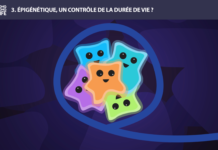
![[Video] The 9 Hallmarks of Aging, Episode 2, Telomere shortening – Guilhem Velvé Casquillas, PhD Télomère - Long Long Life 9 causes du vieillissement longévité transhumanisme](https://www.longlonglife.org/wp-content/uploads/2019/06/Télomère-Long-Long-Life-9-causes-du-vieillissement-longévité-transhumanisme-1-218x150.png)
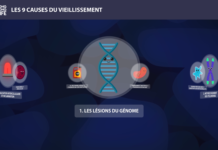
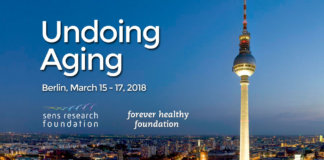
![[Video] Eurosymposium on Healthy Ageing, Brussels, 2018 Eurosymposium on Healthy Aging](https://www.longlonglife.org/wp-content/uploads/2019/07/P1310252-324x160.jpg)